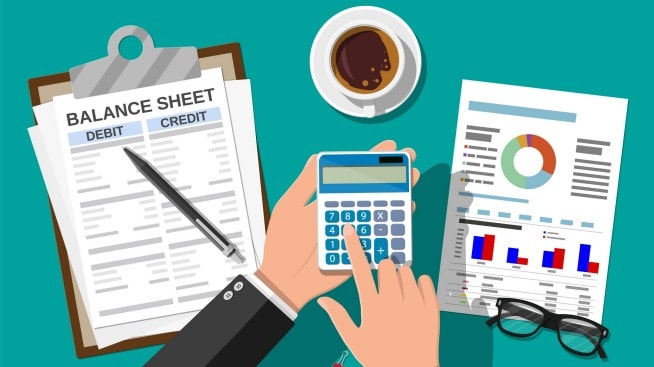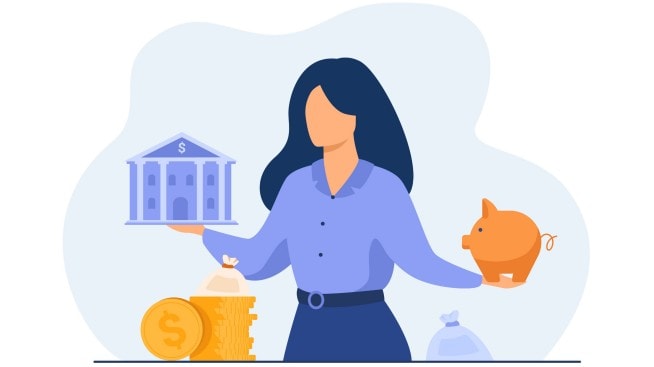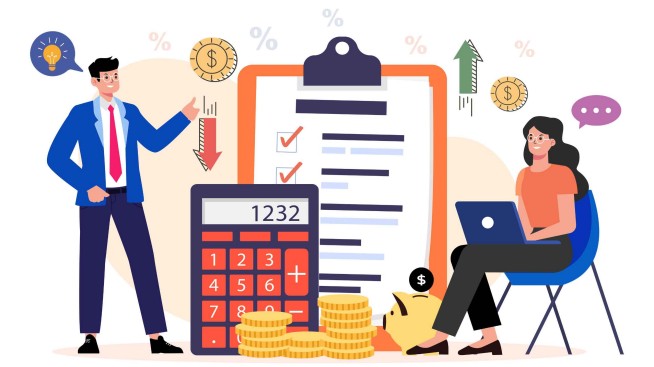How lines of credit affect credit score

Like credit cards, a personal line of credit is considered revolving debt and treated similarly when generating your credit score—if you make your payments in full and on time, it could have a positive impact on your credit score.
In this article, you will learn:
- how lines of credit work
- and if lines of credit affect your credit score.
How do lines of credit work?
To help you understand how lines of credit work, it may be helpful to unpack the concept of revolving credit. Revolving credit essentially means that you've made an agreement to be able to borrow money repeatedly up to a set limit while repaying a portion or all of the current balance due in regular payments. With every payment you make, (aside from interest and fees), you’re essentially replenishing the credit available.
If you've ever opened up and used a credit card, you'll likely know that you generally use the money available to you as you need up to a maximum amount. For example, you may have a credit limit of up to $6,000 on one of your credit cards. This type of loan generally allows you to use money from your available credit as needed and pay it back (plus any interest you may accrue if you don't pay off the balance) over a prescribed period of time.
Flexibility
Credit cards have a set credit limit, but there is an expectation that you will pay at least the minimum payment due at the end of each billing cycle. With credit cards, there's a specific payment cycle—with other lines of credit, the money is available upfront for you to use during a set time period (or draw period). These funds are typically available for you to use whenever you need to. You can pay them back either immediately or over time. Think of it like a flexible loan that comes with a predetermined amount of money you can use as needed.
For example, you could take out a line of credit for sudden medical expenses knowing that you won't be able to pay them back right away. This could be line of credit of $10,000 that lasts about 5 years. This option may allow you to avoid late fees or potentially higher annual percentage rates (APRs) that you could otherwise face with a credit card.
Variable rate of interest
With lines of credit that have a variable interest rate, the interest rate may change. The Prime Rate could cause changes to the APR. If they rise, the amount of interest you accrue could increase.
Do lines of credit affect your credit score?
When you apply a line of credit, your credit score could temporarily go down by a few points. This is due to the fact that the lender runs a hard inquiry or a hard pull to gather insights about your creditworthiness. Keep in mind that other factors are considered as well, such as credit mix and available credit. Your credit report helps determine the amount of credit you can receive and the interest rates.
Using lines of credit responsibly can also have a positive impact on your credit score. For example, making regular payments towards your line of credit may affect your credit score in a positive way. Because payment history accounts for such a large amount of your credit score, timely payments might help boost your credit score over time more than other factors like credit utilization or credit mix, though these are also important.
Finally, when you open a line of credit, you're increasing the amount of money accessible to you. If you are careful with how much money you use against your total available credit (this includes all your accounts credit limits), you could maintain or possibly improve your credit utilization ratio. This is the proportion of all your balances to the total of your credit limits. For example, let's say prior to opening a line of credit, you had a total of $3,000 in debt and $6,000 in available credit, putting you at a 50% utilization ratio. After opening a line of credit of $3,000, your ratio is closer to 33% because your available credit went up to $9,000. This small shift in your credit utilization ratio can help improve your credit score.
Bottom line
Whatever line of credit you would like to apply for, having a good credit score can help you get approved and potentially land lower APRs. When you have a strong financial foundation, you might have even more credit opportunities to make your money work for you and your lifestyle.



